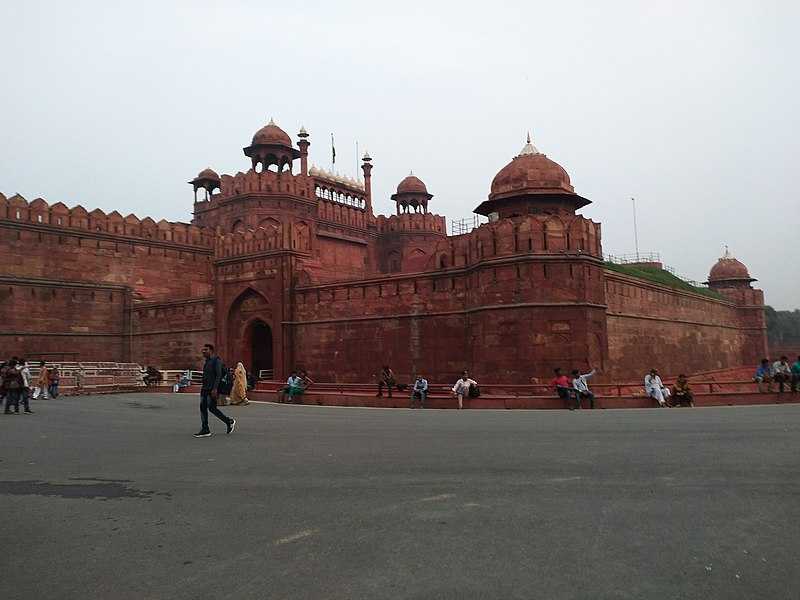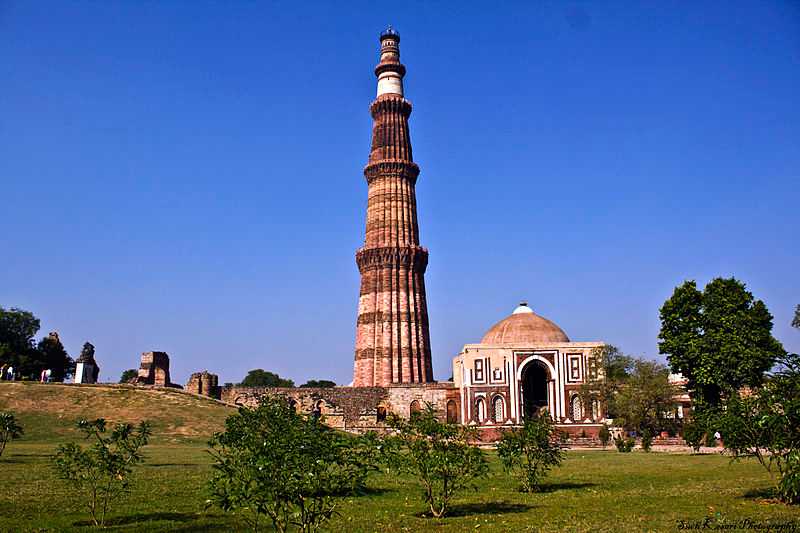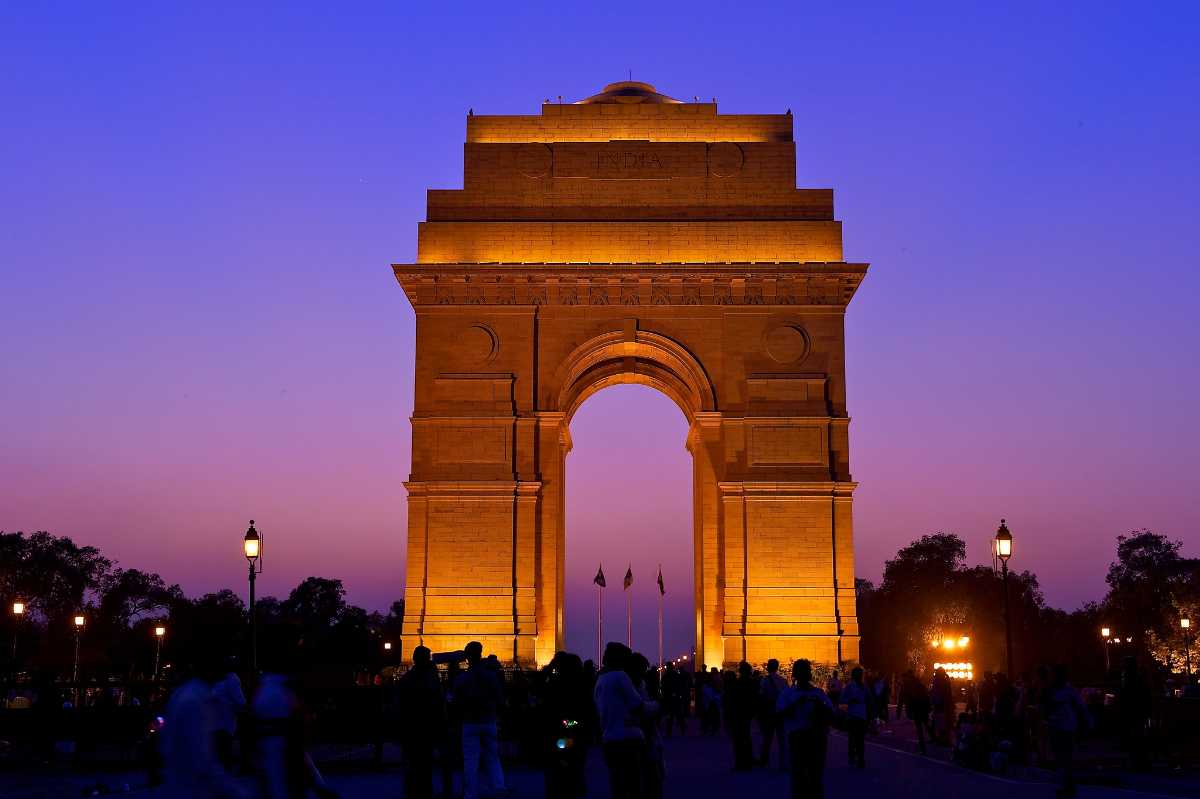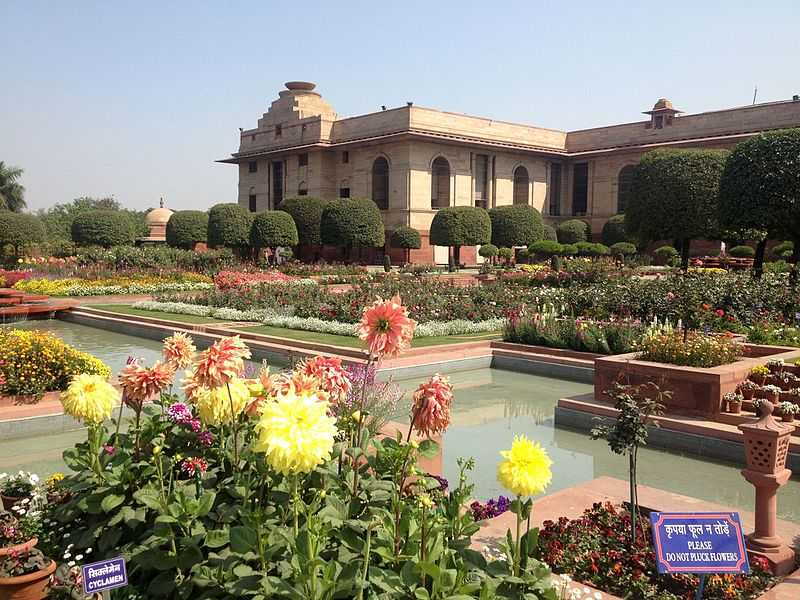1. The Red Fort

Grab this chance and take a tour through what used to be the residence of the Mughal Emperors. The monument got its name from its red sandstone walls. What stands out is the style of architecture, which is a combination of Islamic, Timurid, Persian and Hindi. The monument holds some of the most chivalric moments of the past. It played a huge role in the countrymen's fight against the British forces in the Revolt of 1857. Originally called 'Blessed Fort', the monument is now designated as one of UNESCO's Heritage Sites. Explore the area and discover why it was called so.
2. Qutub Minar

The 73 metres tall Qutub Minar is also listed as a World Heritage Site by UNESCO. It was constructed in 1193 by Qutub-ud-din Aibak, the first Muslim to rule the capital, after conquering the ultimate Hindu kingdom in Delhi. It is home to the tomb of Mohammad Ali or Imam Zamin, the Islamic clerk who came to India from Turkestan during the rule of Sikander Lodi. The first mosque in the country is at the foot of the tower. There is an inscription which states that the tower was constructed with the materials collected from the demolishment of 27 Hindu temples, implying the genesis of the Mughal rule in the country. Perhaps, this explains why the tower is also called 'Victory Tower'.
3. India Gate

The monument which is the pride of the nation was constructed to remind people, especially Indians of the chivalric soldiers who gave up their lives for their Motherland during WWII. Names of more than 70000 soldiers are inscribed and a tour through the place will rekindle one with the spirit of patriotism, especially now when people are giving up almost everything to save their own lives, of their countrymen and their respective nations.
4. Mughal Gardens

Mughal Gardens are the so-called earthly utopias. These style of gardens are on the same line as the Persian Gardens. Mughal Emperors like Akbar, Jahangir, Shah Jahan, Babur, etc. are associated with the construction and maintenance of these gardens. Mughals were, in fact, passionate about them. While Babur created them, Humayun, his son spent much of his time in these utopic areas. Strangely enough, the Mughals had an obsession for symbols and incorporated them into the garden complexes wherever they deemed fit.
A visit to these monuments that date back centuries will be an exciting ride since mysterious and intriguing stories are shrouded by their construction. No other time will be more appropriate to learn the bygone stories of the nation that we call ours. Take a long, virtual tour and reward yourself some excitement.
